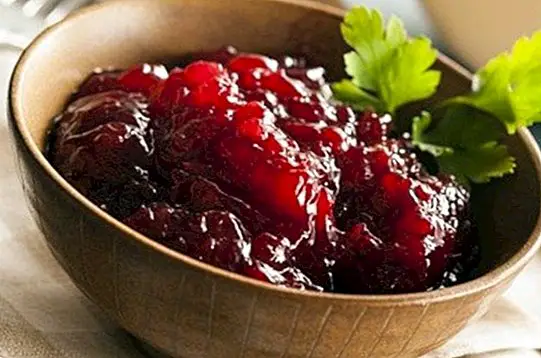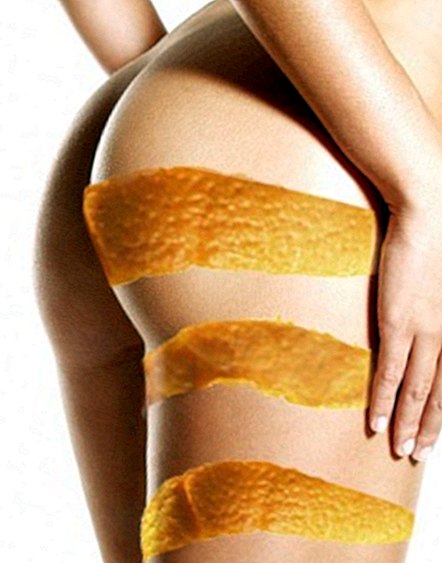Chirla: benefits and properties
 The squeak It is a bivalve mollusk, which belong to the Veneridae family (of the order of the Eulamelibranchia). They are really similar to cockles and clams, precisely because their shell has a really characteristic endorsement.
The squeak It is a bivalve mollusk, which belong to the Veneridae family (of the order of the Eulamelibranchia). They are really similar to cockles and clams, precisely because their shell has a really characteristic endorsement.
They tend to live in shallow areas in salt water seas, although it is also possible to find them in areas of mud and sandy bottoms.
Although it is possible to find it all year round in many fishmongers and markets, the fact is that chirlas are most commonly sold during the hottest months of the year (during the summer, to be precise, although it can be found from the month of May , Until July).
Nutritional properties of chirla
From a nutritional point of view, the squeak It is a seafood that provides most of the nutritional benefits and essential nutrients that most molluscs provide, such as cockles and clams.
This means that it is a mollusk low in fat and calories. In fact, 100 grams of chirla provide only 1.3 grams of fat and only 54 kilocalories. It is also rich in proteins of high biological value, which means that it provides the majority of essential amino acids.
Its cholesterol content is somewhat high (113 mg), so that its consumption should be timely in those people who have high levels of high cholesterol.
Regarding its content in vitamins, it contributes, above all, vitamins of the B complex (B1, B2, B3, B6 and B12), as well as vitamin A. It is also a shellfish very rich in minerals, among which we can highlight potassium, sodium, phosphorus , magnesium and in smaller amounts calcium and iron.
Calories | 54 kcal | ||
Proteins | 10.50 g | ||
Carbohydrates | 1.50 g | ||
Total fat | 1.3 g | ||
Vitamins | Minerals | ||
Vitamin A | 33 μg | Iron | 0.6 mg |
Vitamin B1 | 0.10 mg | Magnesium | 63 mg |
Vitamin B2 | 0.19 mg | Potassium | 800 mg |
Vitamin B3 | 1.5 mg | Zinc | 1.20 mg |
Vitamin B6 | 0.08 mg | Calcium | 12 mg |
Vitamin B9 | 12 μg | Match | 310 mg |
B12 vitamin | 62 μg | ||
Benefits of chirlas
In relation to the benefits provided by chirlas, we must emphasize from the first moment that we are faced with a mollusk low in fat and calories, so it is an interesting food in low-calorie and low-fat diets that pursue the goal of losing weight.
Provides good amounts of vitamins, among which we can highlight vitamin B3 (help in the use of macronutrients), and vitamin A (helps in good health of vision, in addition to intervening in the maintenance of the skin, bones and mucous membranes).

Due to its somewhat high cholesterol content, moderate and punctual consumption is recommended by those with elevated cholesterol and triglycerides.
Images | BocaDorada This article is published for informational purposes only. You can not and should not replace the consultation with a Nutritionist. We advise you to consult your trusted Nutritionist. ThemesFoods


